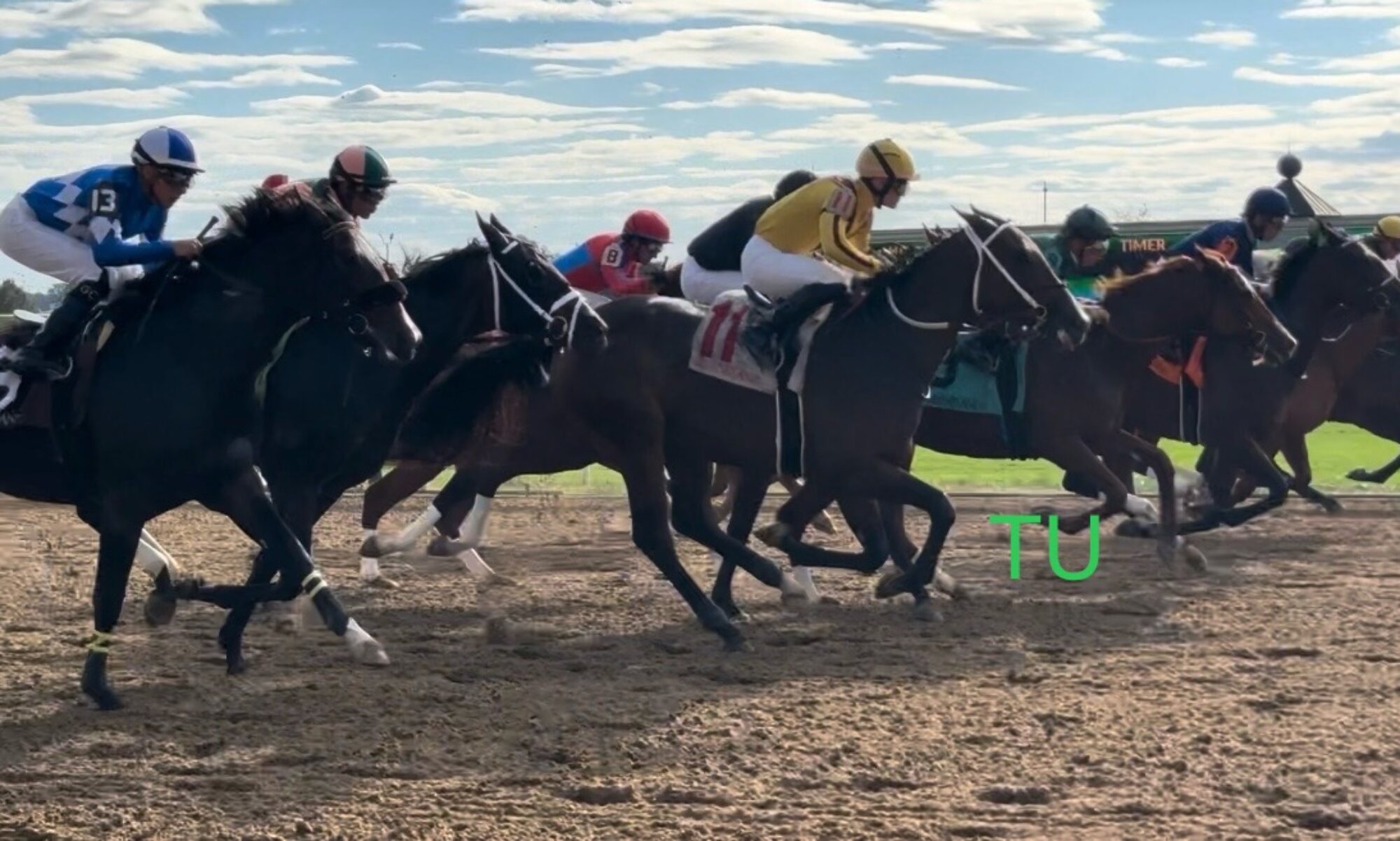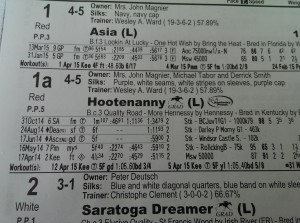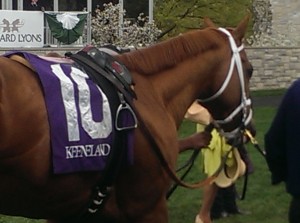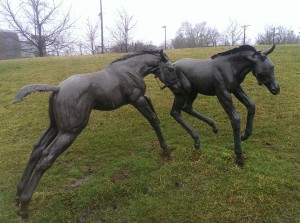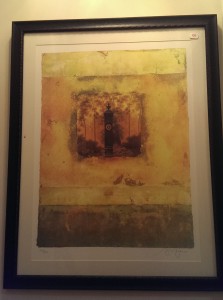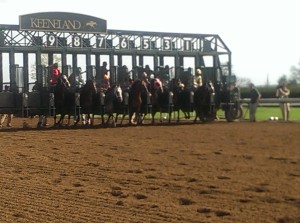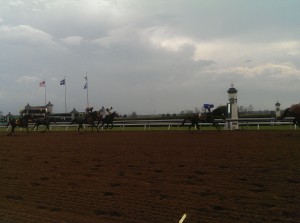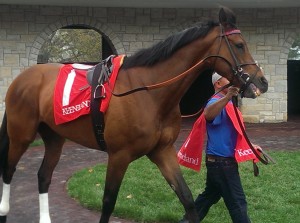Share This:

Thoroughbred U is 100 days old today. I am really enjoying my subject matter and all the experiences and people this blog has lead me to. Thank you to all of my followers, friends and family that have contributed to my success in this process. Tonight I want to give to all of you a tip for tomorrow’s race but I want to catch up on the road to the Kentucky Derby as well.
In my earlier stories Like Superbowl for Thoroughbreds and Cabin Fever, I wrote about a few of the horses I favored and the process for qualifying for the Kentucky Derby. Tomorrow (April 11, 2015), that process ends with two final races. The Coolmore Lexington race will take place at Keeneland in KY as 5:18 pm EST and the Arkansas Derby will post at 7:18 pm EST in AR at Oaklawn Park.
At Keeneland, they will run the grade III stakes in race #10 worth a purse of $250,000. The track is 1 and 1/16 miles on the dirt. The points awarded are 10-4-2-1. Divining Rod (26) , Comfort, Quimet, Tiznow RJ (28), Henry Jones, Fame and Power, and my scratched buddy from Thursday, Donworth, will compete. The horses in top contention for Derby have their rank posted in parentheses by their names.
At Oaklawn they will have a grade I stakes in race #11 with a million dollar purse. The race is 1 and 1/8 miles. The points are 100-40-20-10. Featured horses are The Truth or Else, Mr. Z (24), Bridget’s Big Luvv, Madefromlucky (21), Bold Conquest (23), American Pharoah (9), Far Right (19) and Win the Space.
See The Road to the Kentucky Derby for a full listing of the top contenders. My early favorite Carpe Diem is currently third.
If you can make it to the races tomorrow (April 11, 2015) have a great time. I understand the weather should be nice in KY. My handicapper says for race 7 at Keeneland go with #11 Free as a Bird, she has won six in a row and I see no reason she can’t win seven.
Update: Unfortunately, Free as a Bird came in fourth for her race. That has my tipster picking the first place winner 60 % of the time, just 5 races in on my blog. The return is greater than the investment and it is fun. I am looking forward to sharing the next tip. Let’s all hope we get lucky!
Share This:
